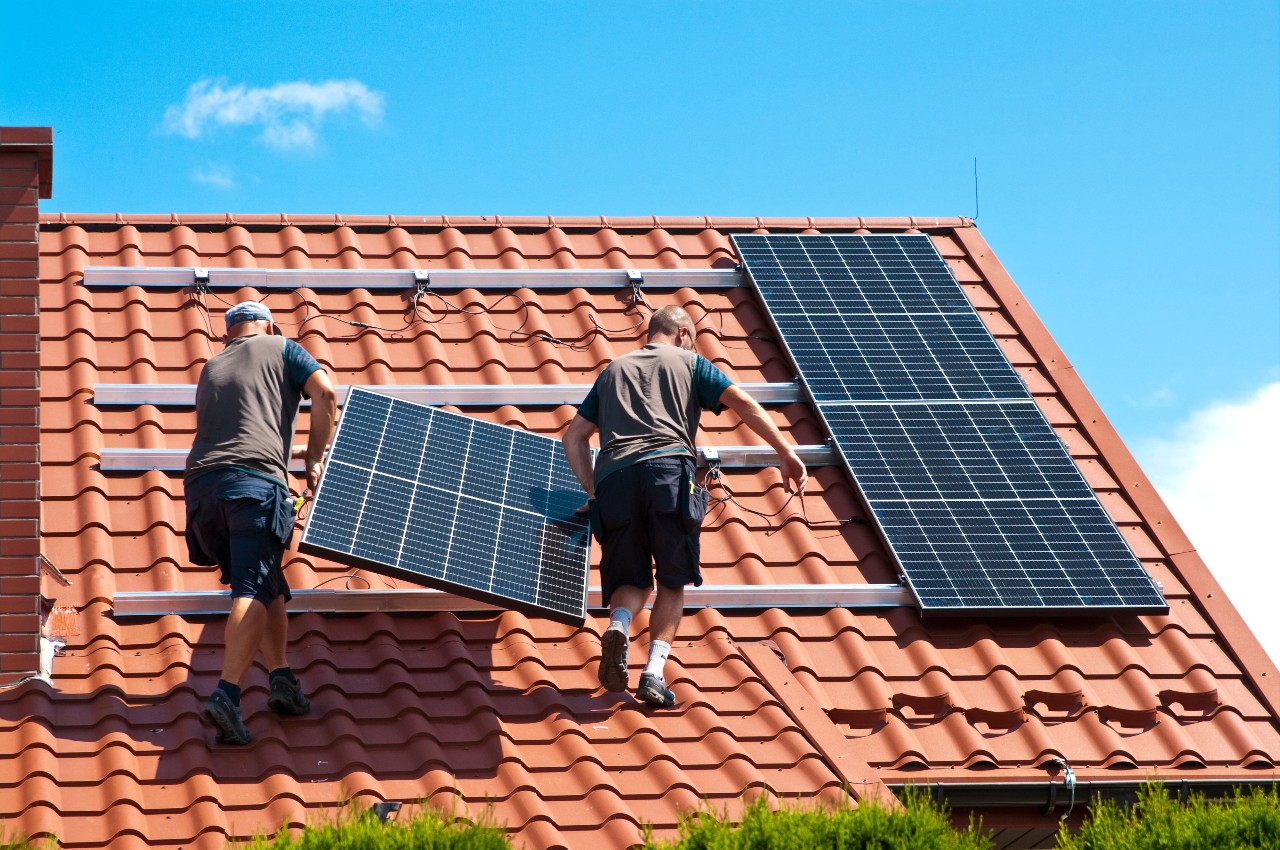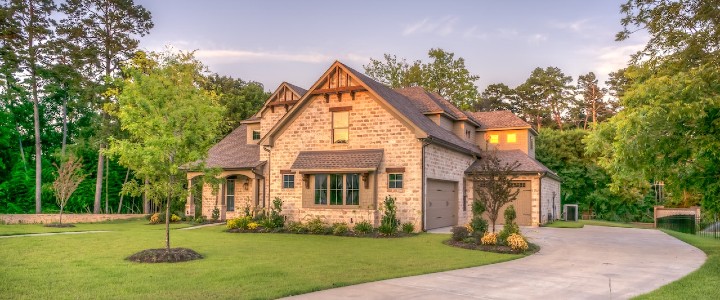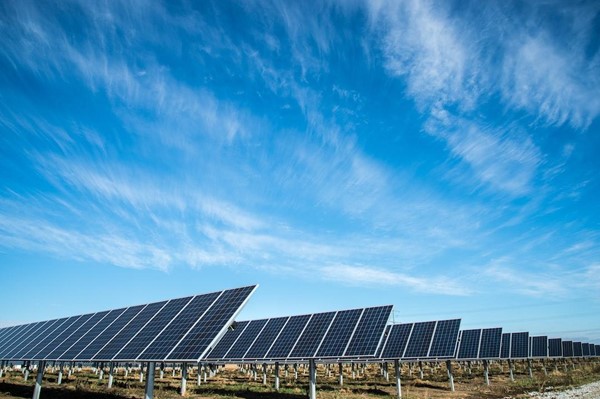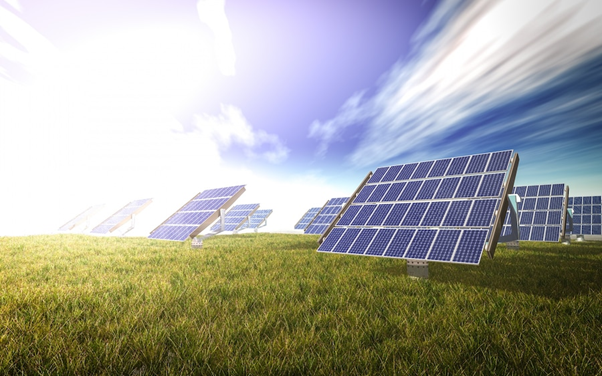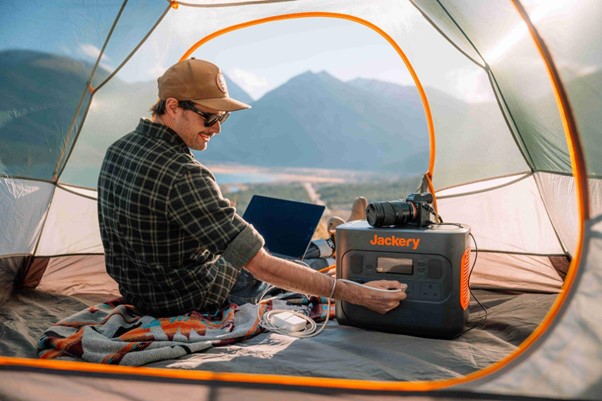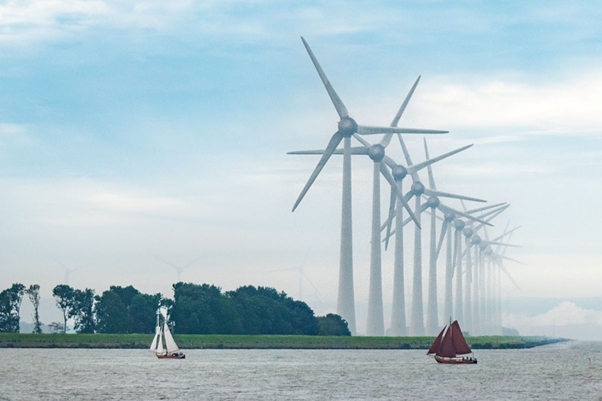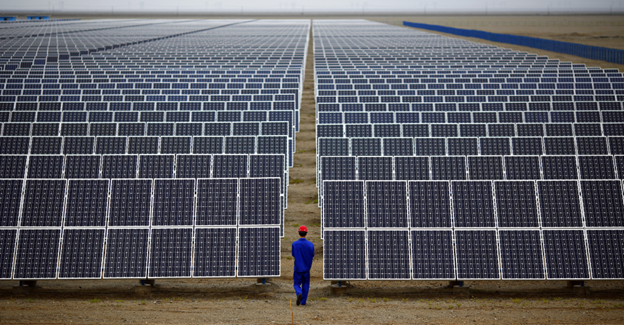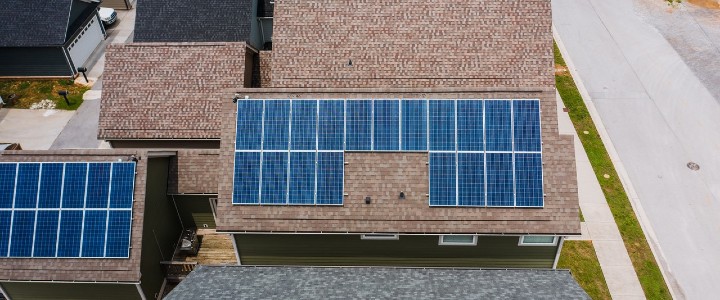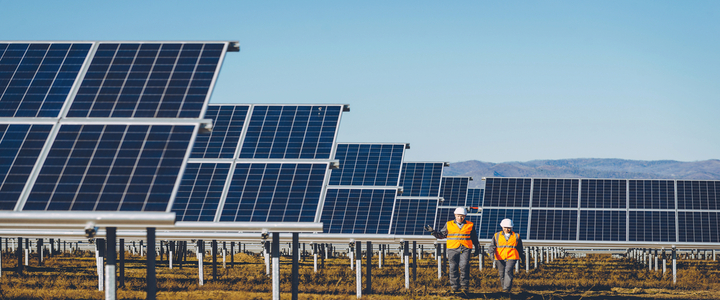Determining the Costs of Solar Panels
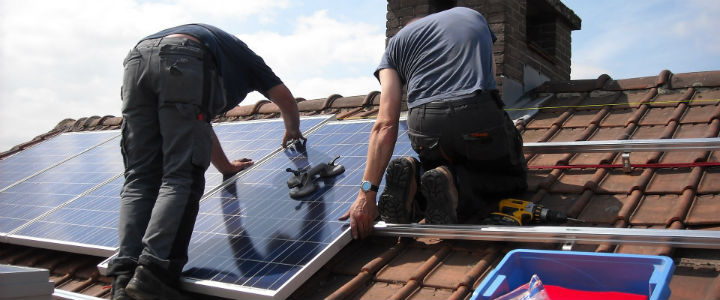
Humanity has been using the sun as a heat source for centuries — first in its rawest form as sunlight and later through the use of mirrors and magnification for greater results. Since the 1950s, we have been able to better utilize this natural resource, creating solar electric power for business and residential use.
Thanks to advances in modern technology, the solar power industry is becoming more and more attractive every year to homeowners.
How Solar Panels Work
Solar panels operate through the use of photovoltaic, or PV, cells. These cells convert sunlight to direct current, or DC, electricity. Following this, the inverter converts DC into alternating current, or AC, electricity. Your electrical panel then collects that electricity and distributes it throughout your household.
While it can seem complicated, consider this fact: You’re paying for a process you can track and control on your own. Instead of doling out a monthly amount of money toward an industry with unpredictable utility rates — whose reliability lives and dies on the fluctuations of the weather — you can invest in self-sustainable energy.
Investing in Solar Energy
One of the more attractive consequences in investing in solar panels has to be the reduced spending on power consumption.
For home and property owners, investing money in solar panels can provide huge tax incentives and reduce your utility costs. Solar installation costs for residential buildings, on average, range from $15,000 to $29,000. This includes equipment, installation and permits, monitoring and maintenance, repairs and additional overhead.
While larger systems cost more due to the additional panels and components needed, they are not as daunting as they initially seem.
Residential Value
Despite the price of the overall system and installation, a residential solar system can be a great investment for you and your family’s financial future. On average utility rates have been increasing for the past 30 years. However, solar panels typically save homeowners 40 to 70 percent of their electrical costs over the system’s lifetime. While things can change in the future, if these trends are any indication, a solar panel system for your home can lower your electric bill by thousands of dollars per year.
This is great news for those interested in long-term changes to their home and lifestyle, as most solar panels used for residential purposes come with a 25- to 30-year warranty. Unlike other products, solar panels do not degrade over that period of time. Rather, they continue to produce clean electricity and lose efficiency as the years pass. With proper maintenance and care, though, even an antiquated system can continue to produce high-quality energy for decades more.
The decline of efficiency in solar panels has been identified as photovoltaic degradation. The average 25-year solar panel operating at 100 percent will have only have reduced to 88 percent at the end of its warranty. Thankfully, that estimation does not factor in local environment or consistency of maintenance — meaning a 25-year solar panel can operate more like a 40-year system.
Because the majority of solar panel systems pay for themselves over a 10-year span and continue to produce decades of clean electricity for their owners, their quality as an investment cannot be disputed.
The investment in solar panels not only translates to more money in your immediate pocket, but can also serve as an increase in your home’s future value as well. According to a university study conducted in 2014, solar panels provide an additional $4 per watt to resale value for homeowner-owned systems. This means an average solar energy system in your home can add at least $15,000 to your home’s resale value.
Going Solar = Going Green
Solar panels provide cheaper utility costs, a system under owner control and regulation. They offer a reduced negative impact on the planet’s ecosystem and environment, as well as added value to a home. Solar panels may be one of many green-living options available in today’s market, but they are in a class by themselves.
Bio:
Emily Folk is a conservation and sustainability freelance writer and blogger from Lancaster, PA. Check out her blog, Conservation Folks, or follow her on Twitter for the latest updates!

